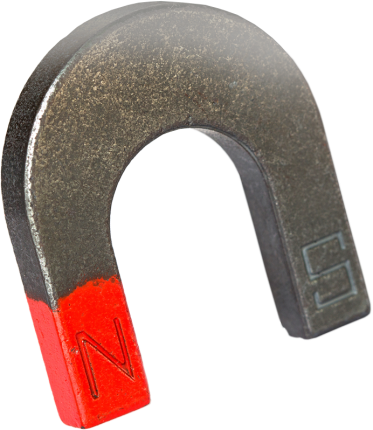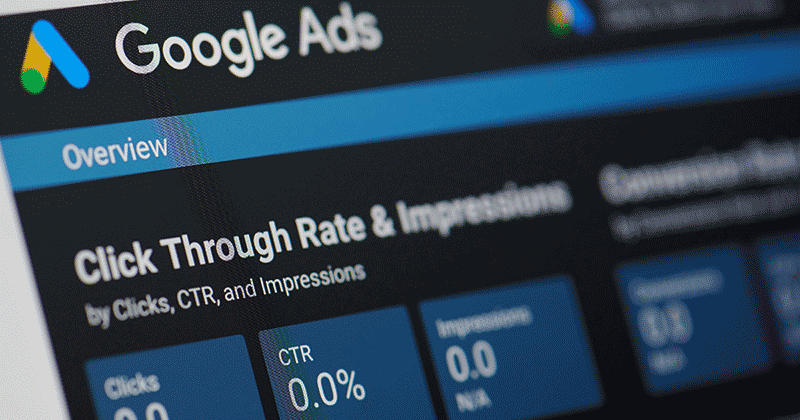Effective Contextual Search Management
Wow. Okay. It’s the morning after SearchBash. Let’s pretend to look alive, people. Maybe if we do, we can trick people!
Gregg Stewart is moderating with David Szetela (Clix Marketing), Cynthia Tillo (Adobe Systems), and Jennifer Slegg (JenSense.com). Whoever put an advanced advertising session at 9am on the last day of a four-day show…well, we’re going to have some words later. Email me.
David Szetela is going to start us off. He’s going to show us how to get clickthrough rates in the double digitals with contextual advertising. He also says that the content network doesn’t really suck as bad as we think it does. We’ll see about that.
Content advertisers lose money when their ads appear on irrelevant pages and get back clicks, when they don’t distract attention from site content, and because search and content should never exist in the same campaign.
Contextual is not search. Readers are not searching for you. It’s more like banner or print advertising. The first job of your ad is to distract. You have to get them to notice you.
Keywords in content ad groups play a completely different role than they do in search ad groups. They’re not discrete entities. There’s no more than 30-50 keywords per content ad group. Match types are irrelevant, as are individual keyword bids. Negative keywords are almost the same.
The most important keyword difference: A content ad group’s keywords should describe the kinds of pages where you want your ads to appear. Your keyword list equals the words that appear most frequently on the page. It’s not the keywords for your product.
Ad Copy Differences: Your ad needs to stand out because people aren’t looking for you. Yell, don’t whisper. Be more competitive and test everything. You have to lead people into the sales funnel. Don’t assume they’re already in there.
Ad Position Differences
- Magic positions for search are 1-3
- Magic positions for content are 1-4
- Below 5, impressions drop dramatically
- Quality Score still counts – but not as much.
Quality Score Differences
Keyword-targeted and placement-targeted text: CTR, Ad Text, Landing Page.
Keyword-targeted non-test: Only CTR
Placement-targeted Non-text: Only CTR
Best Bidding Strategy: Start high, go low.
Overall Advice: Always set up separate content campaigns, test lots of multiple distracting ad types and monitor very closely.
Jennifer mentions that Google has the Google Placement performance report which shows exactly which sites and pages your ads are appearing on. You should review this regularly and then use the Site Exclusion Tool to stop ads from appearing on poorly performing sites.
Use declarative statements. Say crazy things. Distract them. Make them notice your ad.
Cynthia Tillo is next.
When most people think about PDF documents they think about their resume, bank statements, tax forms, etc. Would it be so far-fetched to think that one day the government will try and monetize your tax forms? Maybe not.
When Adobe was thinking about all the great things happening in the ad industry and how they could add value, they immediately thought about how to reach a highly-targeted audience which today consumes tons of PDFs. The last search she did, there are over 256 million PDFs floating out there in the wild. Yowsa.
In December, they launched Ads for Adobe PDF. It’s powered through Yahoo’s ad network. The ads are displayed in a separate panel next to the content in the PDF itself. It’s a way for publishers to generate revenue from their PDF content. They’ve developed some technology that’s really good at understanding what a PDF is about.
The ads are dynamically matched. Every time someone opens that PDF a new set of ads will be dynamically matched to that content, which means all their targeting options can still be applied to the PDF content.
It supports a viral mode of distribution. Today the typical PDF experience is that you download a great PDF and forward it on to family and friends (who forwards PDFs?). Now, you’re able to maintain the ads as they go from person to person.
They’re also letting publishers embed ad placeholders into the PDF itself. A lot of publishers who come from the traditional world think this is great because they can make it look like a magazine. They can place ads anywhere they want in the PDF. They can control sizing and color.
Top 5 uses for PDF ads: Newsletters, digital versions of magazine or newspapers, e-books, digest and compilations, and archives.
If you ever lack inspiration, Lord Thomas of Fleet wrote “As for editorial content, that’s the stuff you separate the ads with.” Nice.
Jennifer Slegg is next.
Before you get involved with AdSense, ask yourself what it is you want to monetize? There is some way to monetize nearly all content online but you have to explore your options.
Know the instances where you shouldn’t monetize. Those include:
- Business site selling products: Why send them elsewhere?
- Business site selling services: Is that consultant, accountant or lawyer wanting me as a client or do they hope I click and go away?
- Any site with content against AdSense policies: Drugs, hacking, hard alcohol, gambling, adult content, designer imitations, weapons, webmaster guideline violations
Are You Leaving Money On The Table
People are too haphazard with how they monetize, and as a result leave money on the table. Ask yourself why did you choose the ad network, why did you put the ad where you did, why did you choose the color scheme, did you consider user experience?
Beyond just your AdSense ad units, think about image ads, video ads, affiliate ads, cost per action, cost per thousand, AdSense for search/mobile/feeds, and other contextual companies,
If you aren’t testing, you are losing revenue.
The AdSense Testing Cheat Sheet:
- Placement
- Proximity
- Size selection
- Ad unit colors and borders
- Keywords
- URL filters
- Geotargeting
Are you filtering out your revenue? Be aware that your ad blocking filter list will cost you revenue. Use the filter to block ads that are from competitors, are grossly mis-targeted and for advertising that’s inappropriate for your audience. Filtering won’t enable higher value ads to appear.
Ad heaviness turns off users. Don’t select three identical ads for the same page. Don’t make users scroll three times to get to the content. Don’t make your visors feel they are only good for clicking an ad.
Don’t select ads just because they pay more CPA. You want your CPA ad to be extremely targeted.
Last Minute Takeaways
Always do A/B Testing
Experiment with different placements, colors, sizes, styles.
Consider impact of being too ad heavy
Look beyond traditional AdSense text ads and experiment with other formats.
A lot of people think AdSense is the best for everyone. But if you rely too heavily and AdSense bans you or things change, it can have a major impact. Choose what you think is the best and make sure you have a backup plan if something happens.
Some great advice there from Jennifer and the rest of the panel!
26,000+ professionals, marketers and SEOs read the Bruce Clay Blog
Subscribe now for free to get:
- Expert SEO insights from the "Father of SEO."
- Proven SEO strategies to optimize website performance.
- SEO advice to earn more website traffic, higher search ranking and increased revenue.

LEAVE A REPLY









